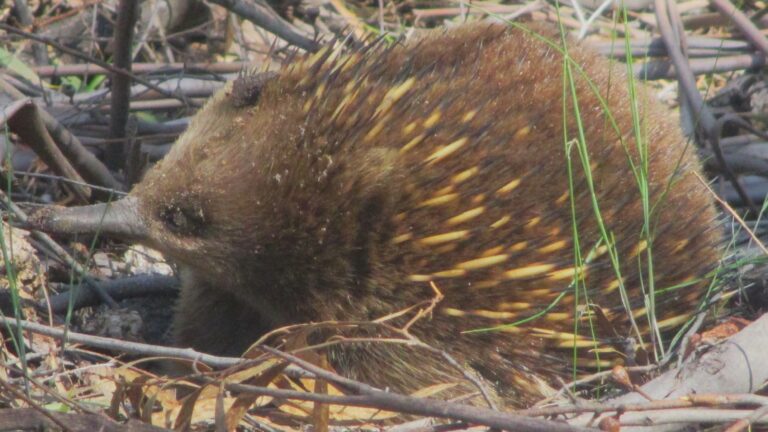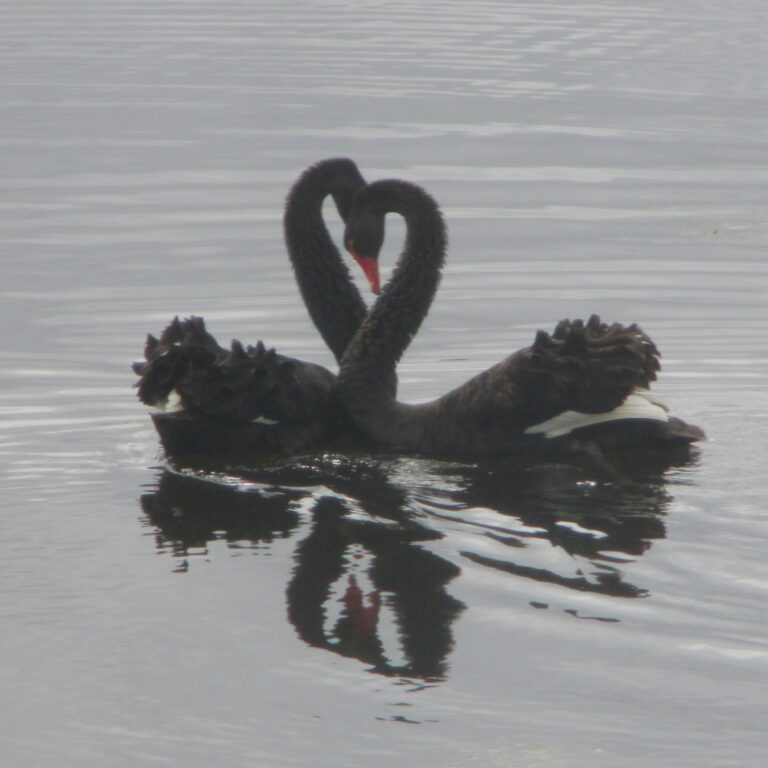Wildlife of Tasmania
The island of Tasmania, dwarfed by the mainland of Australia, is around half the size of England. The terrain is more similar to the North Island of New Zealand, though it does also experience the hot Australian summers.
There are rugged, untouched areas – the Southwest is especially wild. There are claims that the Tasmanian tiger – declared extinct – roams the wilderness. The claim is supported by the inaccessibility of the region. The veracity of those claims is understandably doubtful, given the lack of proven sightings. Sadly, I think the tiger remains extinct. Still, Tasmania many wildlife opportunities.
I had arrived in Melbourne from a two-month jaunt through Queensland, the Northern Territory and South Australia. I was short of cash and probably should have been looking for work. Instead, I conjured up a plan to hitchhike and camp around as many national parks in Tasmania as I could. I took the ferry over and spent my remaining dollars on a budget three-week trip. Along the way, I saw many of Tasmania’s finest animals.

Tasmanian Devils
These devils, endangered, have found a new home on Maria Island – a former convict colony. It is a short ferry ride from Triabunna on the East Coast. Unsurprisingly, the introduction of the devils to the island, that was previously free of these predators, has had a hugely negative impact on other wildlife, particularly sea birds.
I think it’s important to try to protect species that suffer from habitat loss at the hands of people. But it must be done consciously to ensure it is successful. That will then encourage other, similar schemes. There are now plans to re-introduce the devils to other areas of Tasmania, and the mainland, where the devils previously roamed – which hopefully won’t be detrimental to the existing wildlife.

Wombats
The wombat can compete with the likes of the koala as a contender for Australia’s cutest animal. They are over-sized, fluffy-looking, gentle teddy bears. They dig holes into the ground as their home – I saw a mother with a joey, unsure of my presence and potential danger, quickly dash into their burrow when I walked by.
On Maria Island, most of the adult wombats were content to continue grazing on the grass while I was nearby – allowing me to gratefully observe and take photographs of them from a short distance.

Echidna
You will be forgiven if you have never heard of an echidna, at least by me, as I hadn’t heard of them until I came to Australia.
The obvious relative of the echidna is the hedgehog or porcupine, because of its spiky exterior. In actual fact, it’s the duck-billed platypus. Both are egg-laying mammals – another interesting fact for you.

Marsupials
Many a marsupial roam the state of Tasmania: kangaroos, wallabies, and pademelons. For those who don’t know, pademelons are a small species within the same family as the much larger kangaroos, and slightly bigger wallabies.
Narawntapu National Park is home to all those marsupials mentioned above, along with Tasmanian devils, wombats, quolls, echidnas and platypuses. If luck is on your side, you could see many of Australia’s most famous animals in a single trip.




Duck-billed Platypus
Here it is, the pre-historic, semiaquatic animal that looks more like a hastily put-together ensemble of a collection of animals, rather than an animal in its own right.
Unfortunately this one was making a swim for it while I was trying to take a snap.

Penguins
Arguably the most charismatic bird on the planet. There are blue (or fairy) penguin colonies in Tasmania.
I encountered a yellow-eyed penguin, normally found in New Zealand. You can read more about it here.

Black swan
As majestic as it’s white relative, the black swan is native to Australia.
This couple were seemingly showing their love.

Eastern Rosella
One of Tasmania most colourful inhabitants, spotted in the Botanical Gardens in Hobart.
